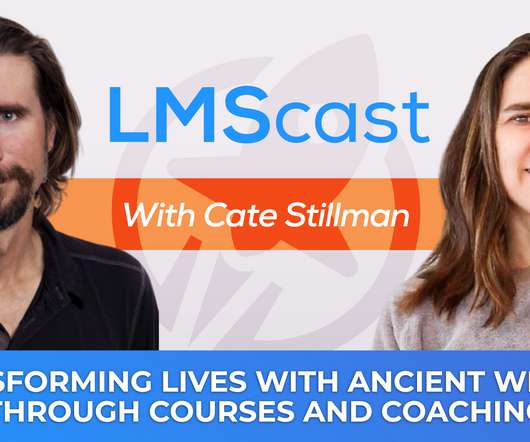How to use Bloom's Taxonomy in Custom eLearning Content Development?
Thinkdom
APRIL 7, 2024
However, in 2001, it was revised to inculcate modern concepts of learning into the system. Forums and other places where all learners can interact and share their real-life experiences, so they will be exposed to different methods to solve the same problem. Let’s say you were to learn how to play Chess and improve your ratings.
































Let's personalize your content